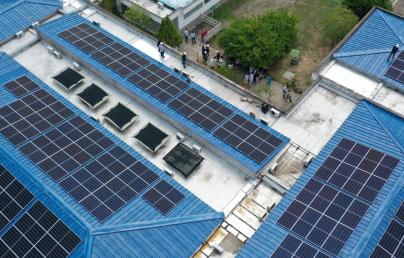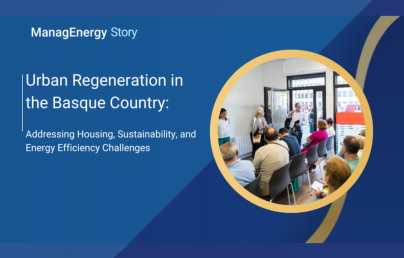
Built to fail? The energy crisis in UK’s new housing developments

Built to fail? The energy crisis in UK’s new housing developments
Despite efforts to improve energy efficiency, new-build homes in the UK are facing unexpectedly high energy costs. Poor construction standards and outdated building practices have led to increased energy consumption, raising concerns about the effectiveness of current regulations.
In 2006, the UK government planned to introduce stricter building regulations to improve energy efficiency and sustainability in new constructions. These were set to come into force ten years later, in 2016, with the aim of providing the construction sector sufficient time to prepare for these new changes. However, intense lobbying from housebuilders, citing concerns over increased costs, supply chain disruptions, and feasibility challenges, led to repeated delays in implementation, and the government finally postponed them indefinitely.
Recent findings indicate that many newly built homes fail to meet expected energy efficiency levels, leading to higher-than-expected energy bills. While regulations aim to reduce carbon emissions and improve insulation, inconsistencies in construction quality have resulted in homes that do not perform as intended.
The discrepancy between projected and actual energy performance has financial implications for homeowners, who face rising costs despite purchasing properties marketed as energy-efficient. Additionally, the increased energy demand from these homes undermines national sustainability goals, placing further strain on the UK’s efforts to reduce carbon emissions.
Experts argue that stricter enforcement of building regulations and improved oversight are necessary to ensure compliance with energy efficiency standards. Developers and policymakers are now under pressure to address these shortcomings, with discussions emerging around potential reforms to construction practices and certification processes.

